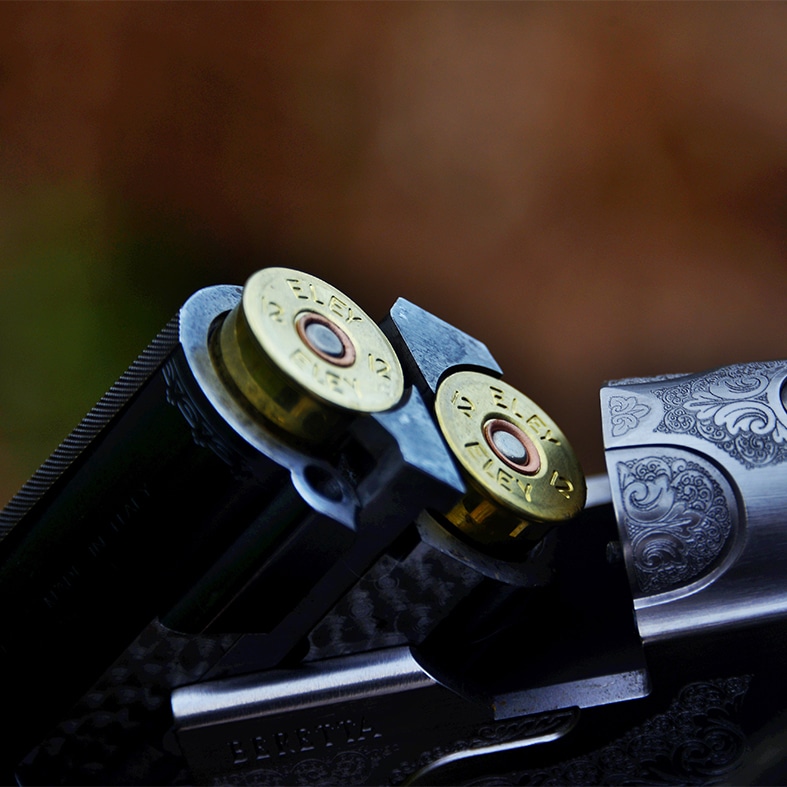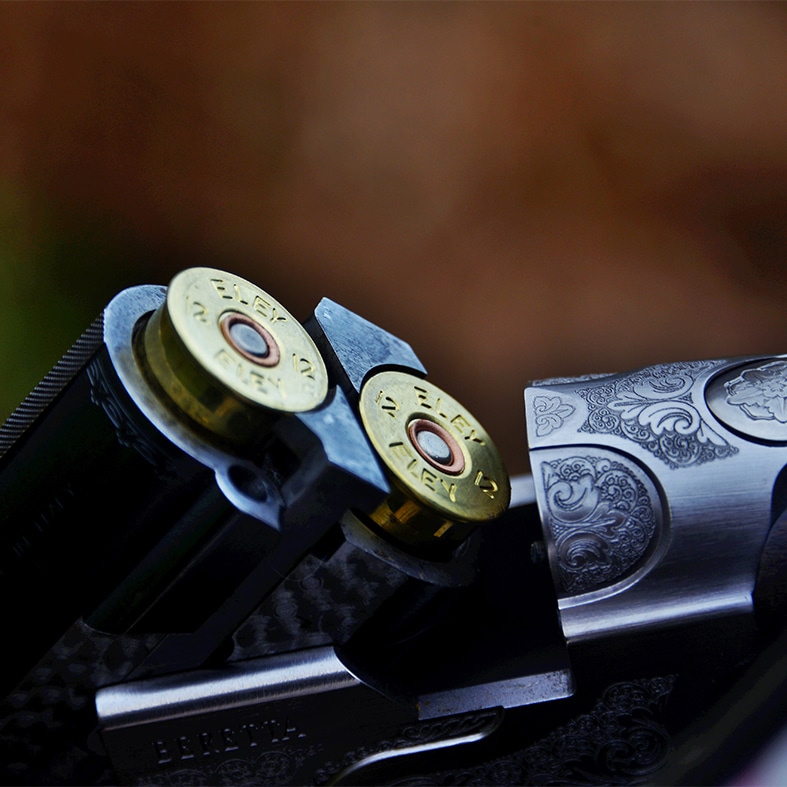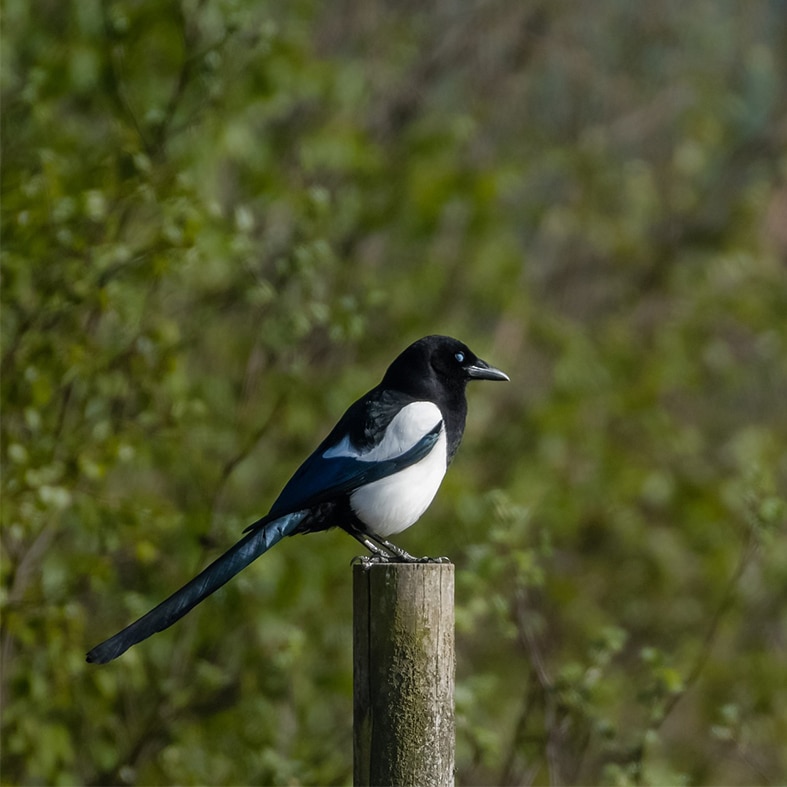

- - Features
- - Features
Controlling rats into the future
Rat control on your shoot requires a wide-ranging strategy and a thorough knowledge of the legislation governing the various methods at your disposal.
Rat control
Members will probably be aware there is a government-backed stewardship regime covering the use of professional rodenticides. This regime is overseen by the Campaign for Responsible Rodenticide Use (CRRU) which earlier this year announced that regulation of these products would undergo a major change in 2024.
Legal authorisation is being withdrawn for open area and waste dump use for the only two second-generation anticoagulant rodenticides (SGARs) currently allowed to be used that way – bromadiolone and difenacoum. Sales of these products will cease on 4 July 2024 and there will then be a ‘use-up’ period whereby any of these products already purchased and held can still be used in these locations up until 31 December 2024. After that, it will be illegal to use any SGAR product to treat a rodent infestation not associated with a building.
This change has been instigated by CRRU voluntarily, to meet environmental targets of the stewardship regime due to the ongoing issue of secondary poisoning.
Although July is several months away, rat control steps up a gear for many people in winter. So now is an ideal time to consider, try out and refine alternative techniques of rodent control.

Harbourages
To control rats, a strategy incorporating various methods will give the best results. An early consideration should be to minimise what could be called attractants and harbourages. Having a place to hide with a readily available food source is pretty much an ideal for rats. Simple steps such as keeping cover short around buildings and removing old debris, along with preventing access to foodstuffs, can significantly decrease the attractiveness of an area to rats.
Unfortunately, much of the beneficial work we do to help vulnerable species, such as the creation of wild bird cover crops and supplementary feeding for conservation, can also attract rats. However, there are some steps we can take such as the use of feeders designed to deter rats or, if hand-feeding ducks for instance, only putting sufficient down for one feed and scattering it in the water rather than on the bank, to stop rats getting at it.
Trapping
Generally, trapping falls into two categories: live catch and lethal control with spring traps. However, in relation to rats, you could also look at it as having two areas of approach: preventing a problem and addressing one. By this, I mean placing a few traps in suitable locations such as around farm buildings, gateways, ends of hedgerows and near hoppers will take a significant number of rats as they move about the countryside before they get a chance to be established. Likewise, if rat numbers build up in certain locations, well-placed traps can be used to reduce them.
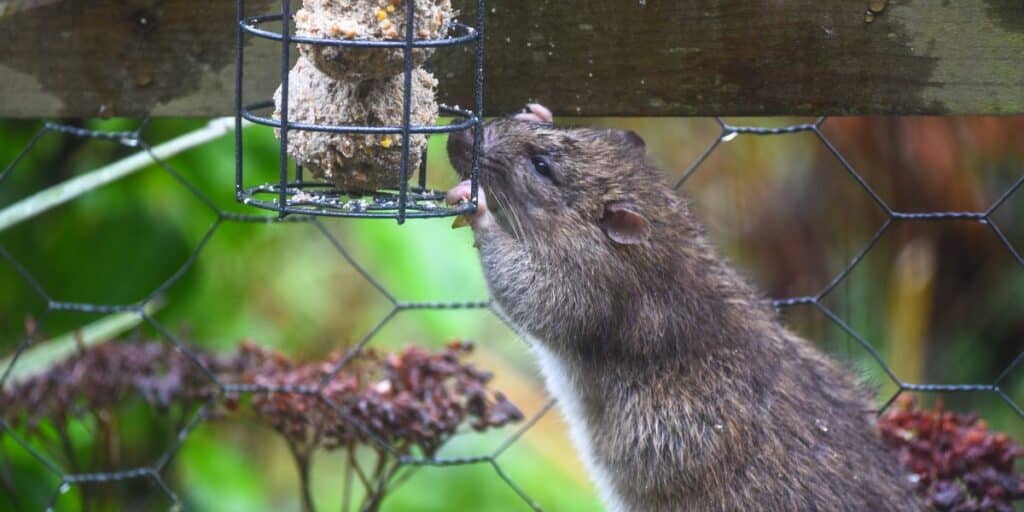
The key to using any trap is following the relevant rules and regulations. For example, spring traps must be listed on the relevant Spring Trap Approval Orders (STAOs). These are issued in each home country and give details of specific trap designs, the species they are permitted for and how they must be set.
An added complication can be about stoats. Because stoats are now listed in Schedule 6ZA of the Wildlife and Countryside Act 1981, it is an offence to set a trap not authorised for stoats where it is calculated (England) or likely (Scotland and Wales) to cause injury to them or indeed any other animal in Schedules 6 and 6ZA.
As it can be difficult to avoid stoats in some instances, given their size and agility, where they are known to be present when trapping rats, a trap also approved for stoats (in addition to rats) should be used.
Gassing/fumigation
It is legal to control rats using gas with substances such as aluminium phosphide, and this can be a very effective method in the right location. However, given the nature of such products, they are only for specialist use, as there are extensive regulatory requirements and standards to be met, including the need to hold certification.
For anyone considering using this method, further information can be found on RAMPSUK (The Register of Accredited Metallic Phosphide Standards) website.
Shooting
It is possible to shoot rats in many different scenarios, from those which may be spotted as you walk around traps or check your feeders to more targeted efforts.
As a keeper, I literally shot thousands at night off the back of a truck with both shotguns and rimfire rifles when lamping. A few years ago, I was using what was then state-of-the-art night vision for foxing which cost thousands; now you can get good NV scopes which are way more compact and of better quality for a fraction of the price. Along with thermal imaging, these can now be used economically on rimfires and air rifles and I know people who use these combinations to great effect on rats.
Rodenticides
After 2024, as is the case now, there will still be the option to use cholecalciferol-based rodenticides. These work in a different way to anticoagulants and do not have the same risk of secondary poisoning. However, they are not without issue and, when looking at the available tools in the box, their use needs to be carefully considered along with other methods.

Use of dogs
The use of dogs to hunt rats is exempt under the Hunting Act 2004 if it takes place on land owned by the hunters or on which they have permission.
There are various ways in which dogs can be used, such as a planned day with a ‘ratting pack’ where smoke might be used to help bolt rats from their holes. In the right location, this method can account for large numbers of rats. Also, a keeper doing their rounds on the shoot with a terrier or suitable dog in tow will also take several rats on an ad hoc basis.
Other factors
Overall, control of rats should be undertaken according to a risk hierarchy suited to the location and situation; some methods will fit well in one area but not in another. As mentioned earlier, a combination of different methods will be needed across most shoots to achieve effective control.
And don’t forget, what can be an added chore for us can be a sporting opportunity for others. Do you have a local ratting pack or some air rifle enthusiasts willing to wait out on a vantage point? Offering them such opportunities could increase effective control at no cost to your shoot.
As well as the massive damage rats do across a whole range of areas, including conservation, they can carry some unpleasant and potentially lethal diseases, so even dead rodents should be handled with care.
Further advice on the use of rodenticides, trapping and other control methods, including links to CRRU guidance and training, is available on the BASC website or by calling your local BASC team.
Share

Shooting & Conservation
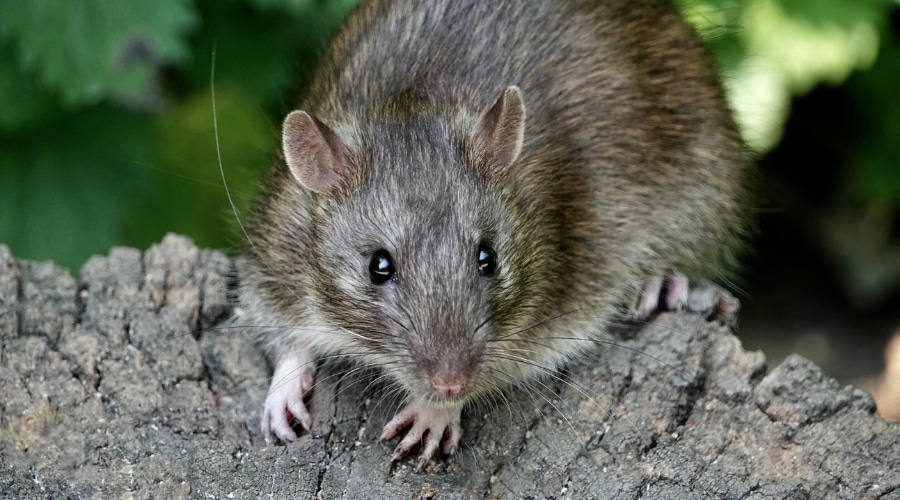
Authorisation changes for rodenticide use in open areas
BASC is advising members of forthcoming changes to the legal authorisation of two second generation anticoagulant rodenticides (SGARS).


